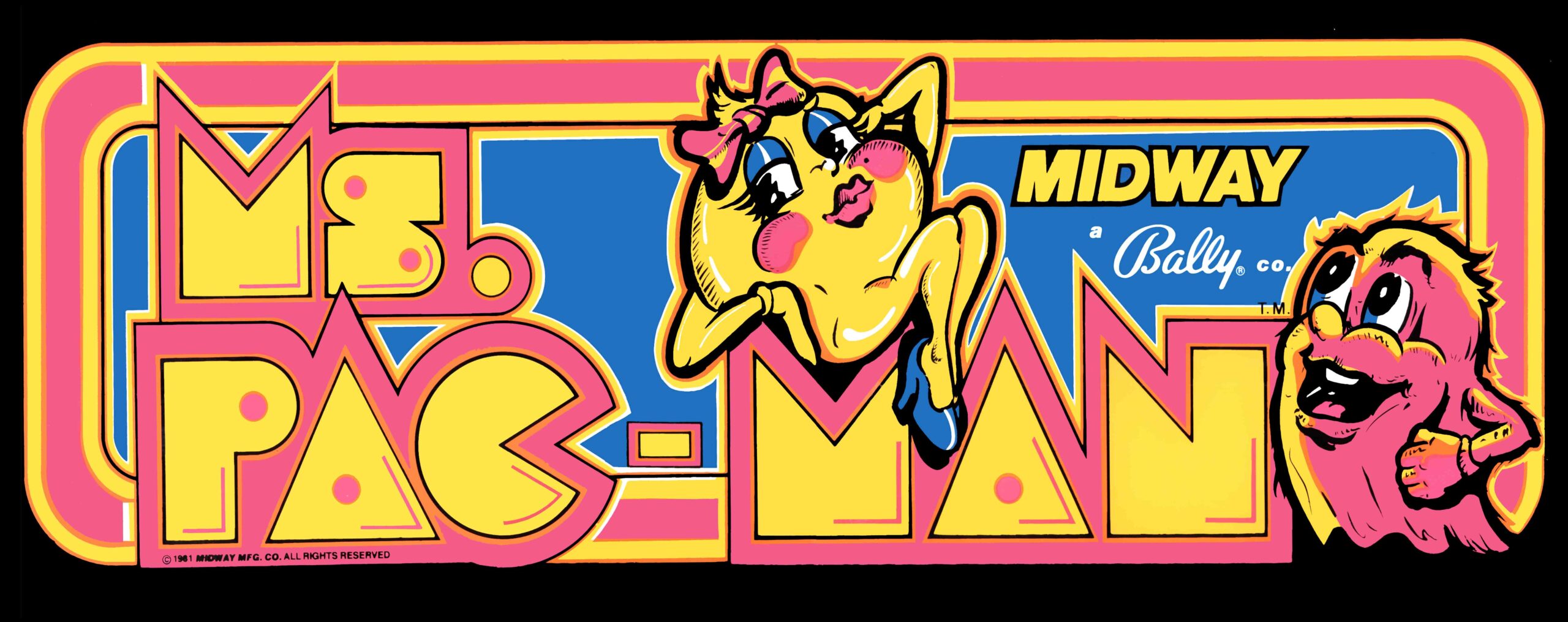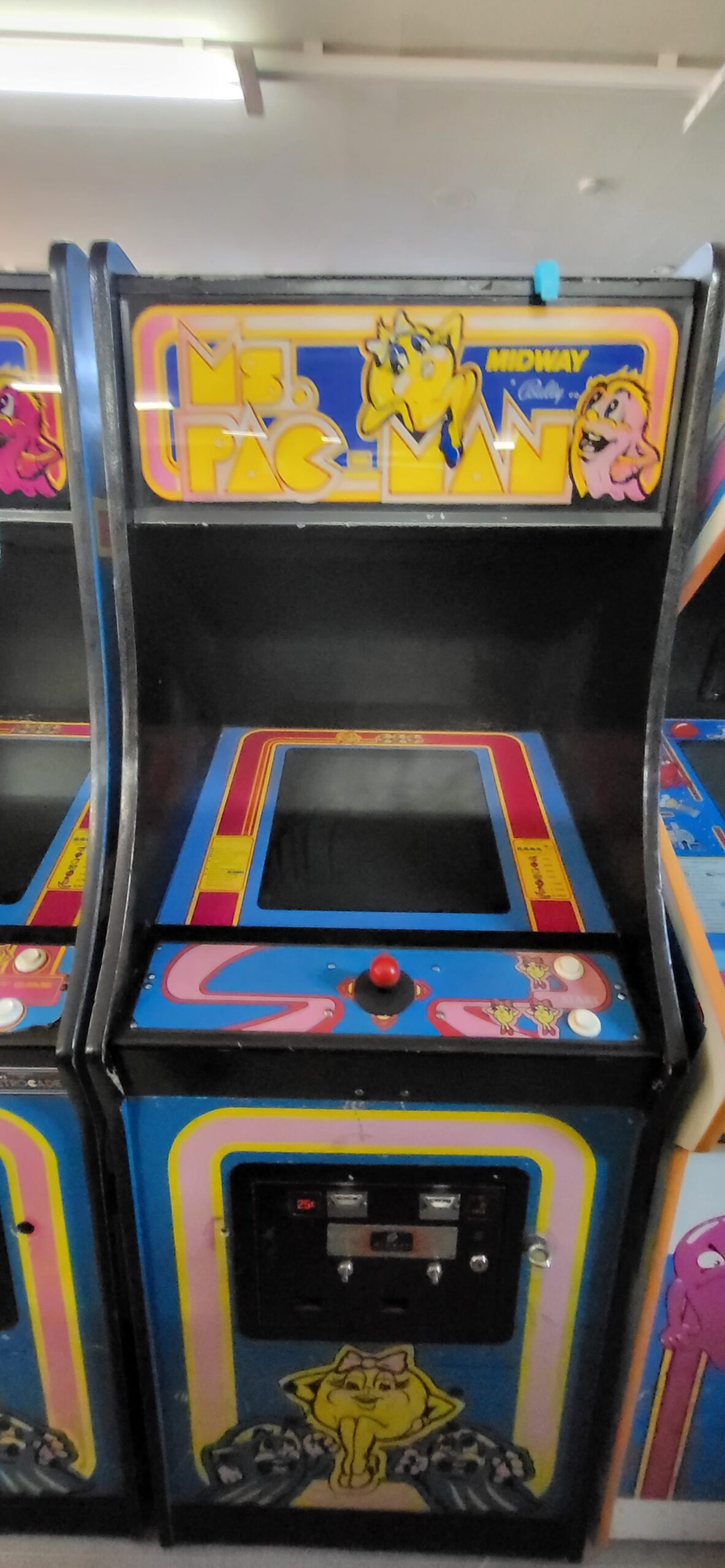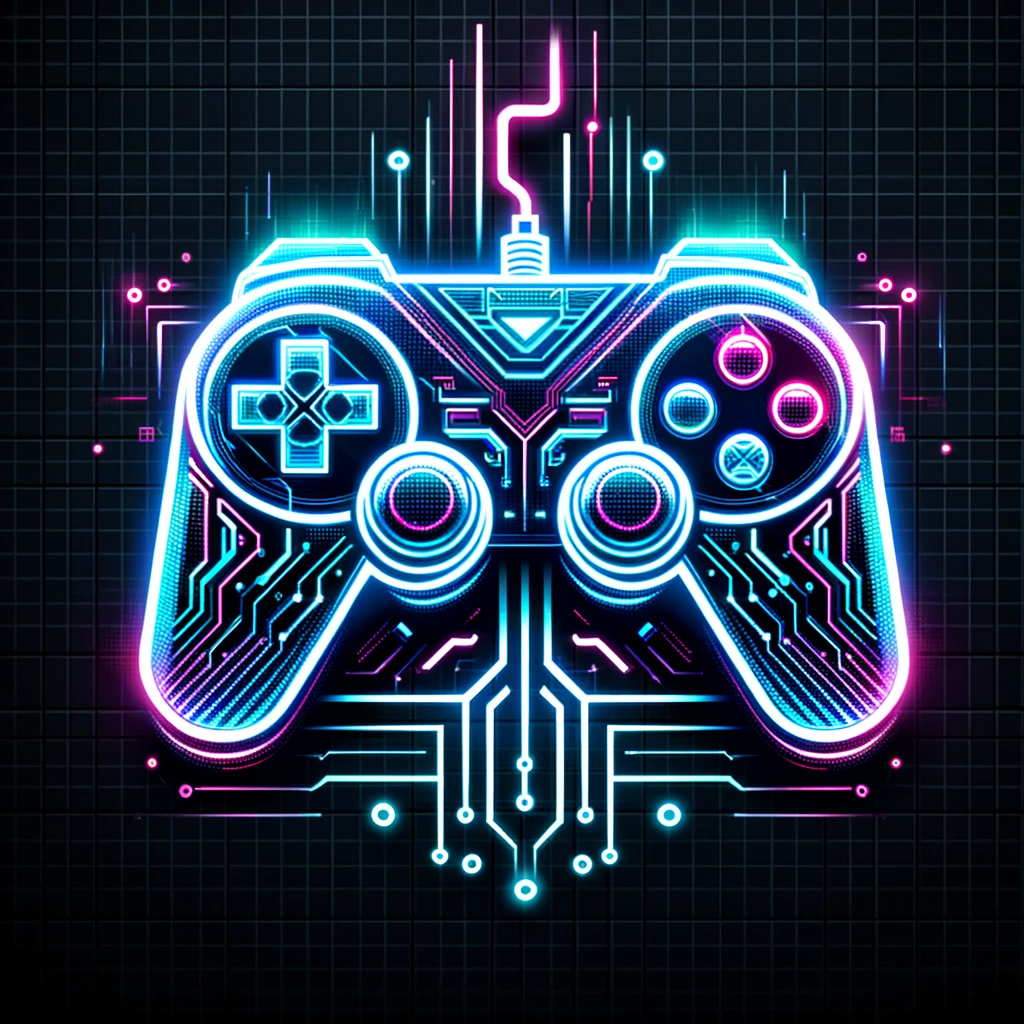
Ms. Pac-Man
Arcade / GCC 1982
Ms. Pac-Man is a popular arcade game developed by General Computer Corporation (GCC) and released in 1982. It is a sequel to the immensely successful Pac-Man, introducing new mazes, enhanced gameplay mechanics, and a female protagonist, Ms. Pac-Man, who navigates through various levels while evading ghosts and consuming pellets.
The development of Ms. Pac-Man by GCC began as a modification kit for the original Pac-Man arcade machines. Namco, the creators of Pac-Man, collaborated with GCC to create a licensed version of the game. However, due to a disagreement with Namco’s then-partner, Midway, GCC developed Ms. Pac-Man independently. The game was a significant success and is considered one of the greatest arcade games of all time.
Ms. Pac-Man received widespread acclaim from both players and critics upon its release. It was praised for its addictive gameplay, colorful graphics, and catchy music. Many consider it to be an improvement over the original Pac-Man, with its enhanced level design and increased difficulty providing a more engaging experience.
Ms. Pac-Man has been released on various platforms, including home consoles, handheld devices, and as part of compilation packages. It has also inspired numerous sequels and spin-offs, such as “Ms. Pac-Man Maze Madness” and “Ms. Pac-Man: Quest for the Golden Maze,” which expanded on the original gameplay mechanics.
Original Ms. Pac-Man arcade cabinets by GCC are considered relatively common compared to other arcade machines of similar vintage. However, their value can vary depending on factors such as condition, rarity of specific cabinet designs, and local demand. Fully restored cabinets in excellent condition can fetch several thousand dollars in the collectors’ market.
CPU: Zilog Z80 running at 3.072 MHz
Sound: Namco WSG (3-channel mono)
Display: Raster, vertical orientation, standard resolution
Controls: Joystick for directional input, one or more buttons for gameplay actions
Relevant Parts for Repairs:
Joystick Assembly
PCB (Printed Circuit Board)
Power Supply Unit (PSU)
Monitor (CRT or LCD depending on cabinet)
Wiring Harness
Control Panel Overlay
Cabinet Artwork/Graphics
Coin Mechanism (if applicable)
Speaker(s)
T-molding (edge trim)
Note: Repairing arcade cabinets requires specialized knowledge and tools. It is recommended to seek assistance from experienced technicians or hobbyists familiar with arcade hardware.


